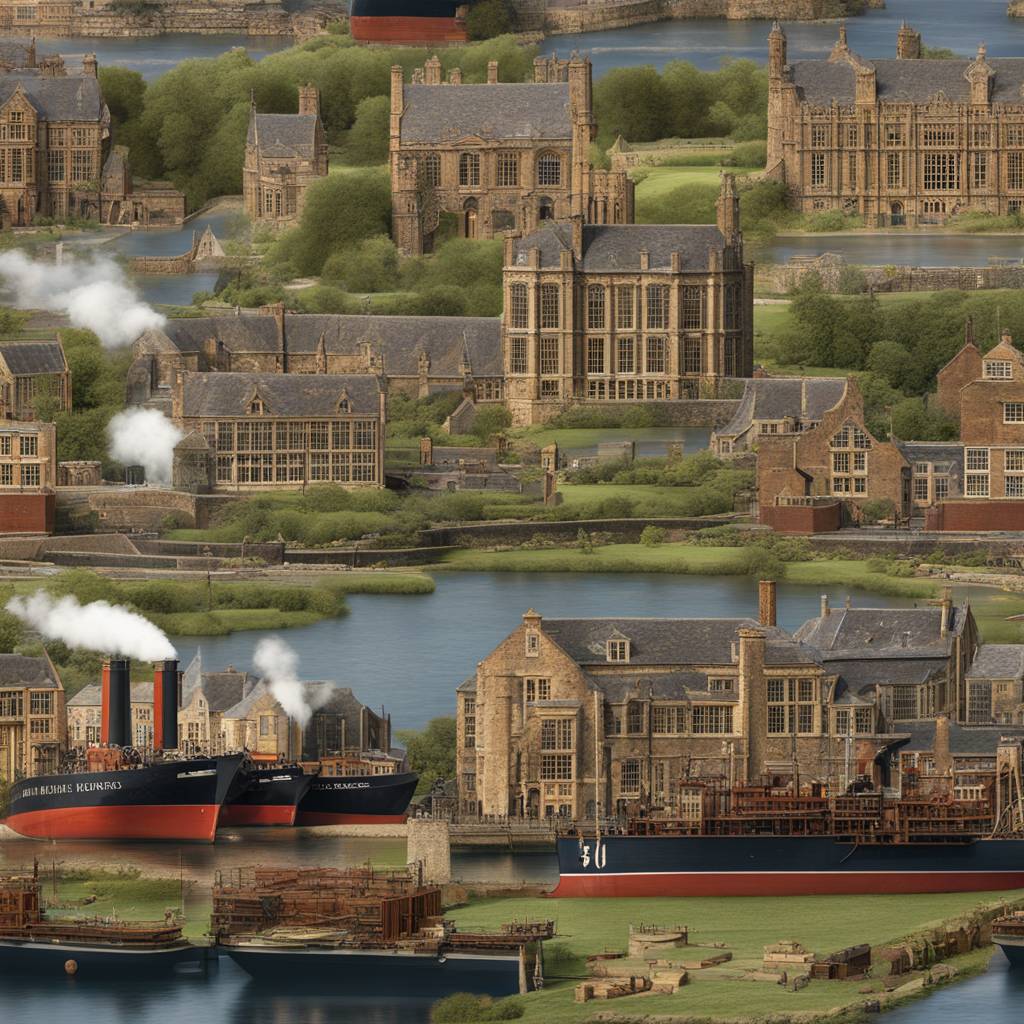The University of Cambridge’s Economies Past website has revealed that Britain was well on its way to an industrialised economy under the Stuarts in the 17th century, over a century before the Industrial Revolution officially began. The data, compiled from more than 160 million records spanning three centuries, shows a decline in agricultural peasantry and a rise in manufacturing in the 17th century, with a significant number of workers involved in producing goods like textiles, metals, and footwear. This suggests that Britain was already emerging as a global industrial powerhouse before the traditional start of the Industrial Revolution.
By the early 1800s, manufacturing employment had flatlined, and many parts of Britain were experiencing a deindustrialisation, with industries moving towards coalfields. The service sector, which experienced a significant boost in the 19th century, included a wide range of professions such as sales clerks, domestic staff, lawyers, and teachers, as well as a rise in transport workers on canals and railways. By 1911, 13% of all working men were involved in the transport sector, indicating a continuous growth of the service sector over three hundred years.
The Economies Past website allows users to track changes to the workforce at local levels across England and Wales, showing how the nature and location of work shifted over time. Historians hope it will be a valuable resource for students to explore the history of labor in their area. The data suggests that a surge in enterprise and productivity transformed the British economy in the 17th century, setting the stage for the world’s first industrial economy well before the traditional start of the Industrial Revolution.
The research also sheds light on gender and child labor in the workforce, with textile manufacturing moving out of homes and women experiencing a decrease in labor participation as industries shifted. Rates of female labor force participation fluctuated throughout the centuries, with estimates showing a decrease from the mid-18th century levels until the 1980s. Child labor rates in industries like textile mills were high in the 19th century but began to decline with the implementation of compulsory education legislation.
The data from the Occupational Structure of Britain 1379-1911 project, which has been running for over 20 years, has helped uncover the changing landscape of the British labor force over centuries. By analyzing sources like census data, probate inventories, and parish registers, researchers have been able to paint a detailed picture of how Britain’s economy evolved from the 17th century onwards. The project has received funding from various organizations and has involved numerous contributors since its inception in 2003.
Overall, the research challenges traditional narratives about the Industrial Revolution and the growth of Britain’s economy. By revealing the presence of a thriving manufacturing sector in the 17th century and the continuous growth of the service sector over three hundred years, the data suggests that Britain’s industrialization began much earlier than previously believed. This new understanding of Britain’s economic history provides valuable insights into the root causes of the Industrial Revolution and the factors that drove the nation’s transition to an industrial economy.













